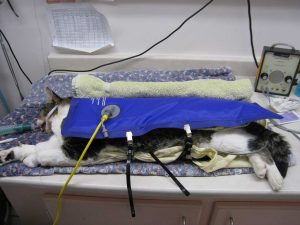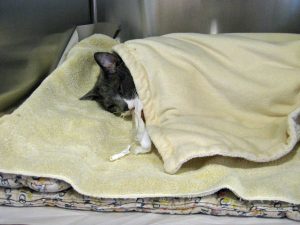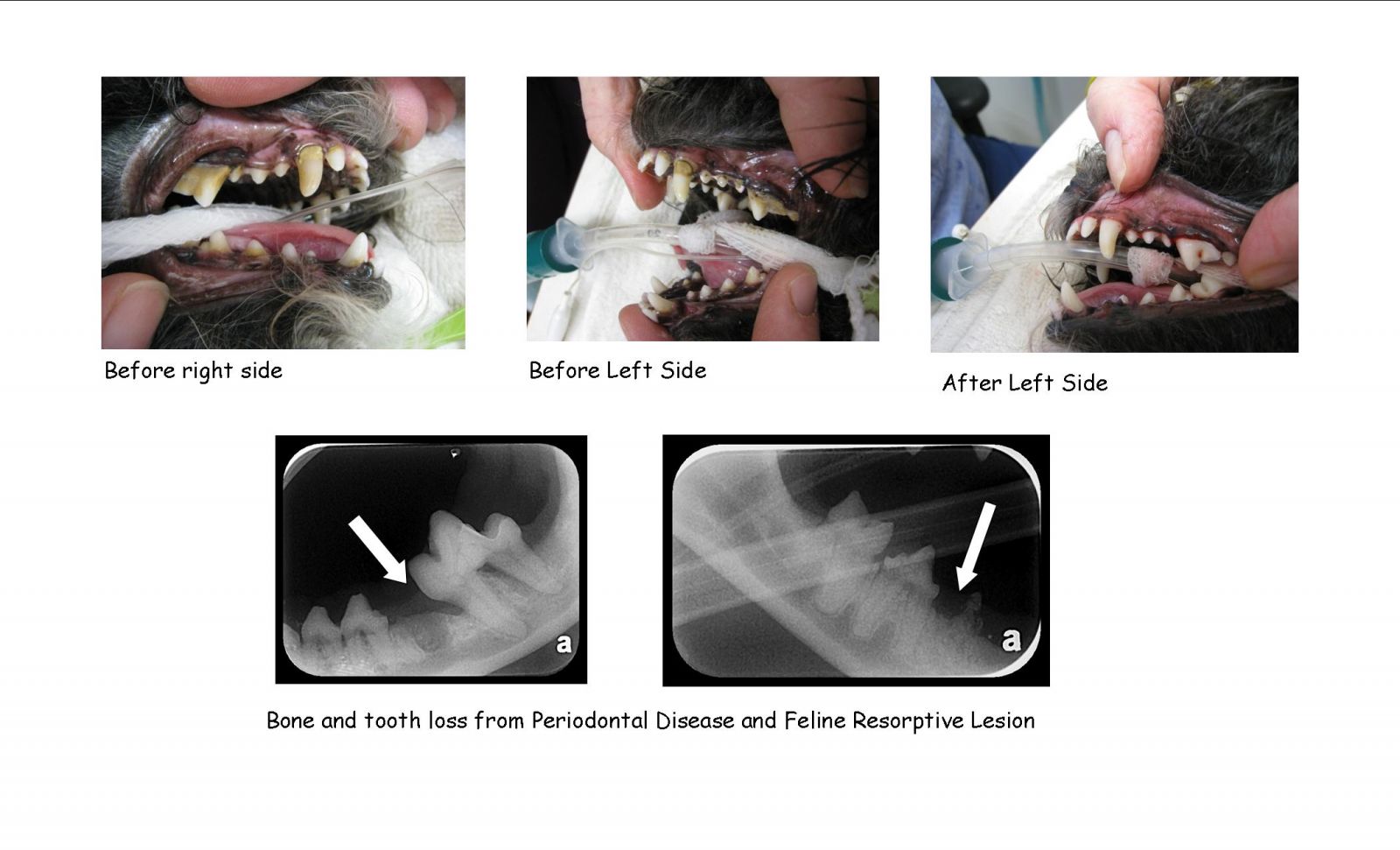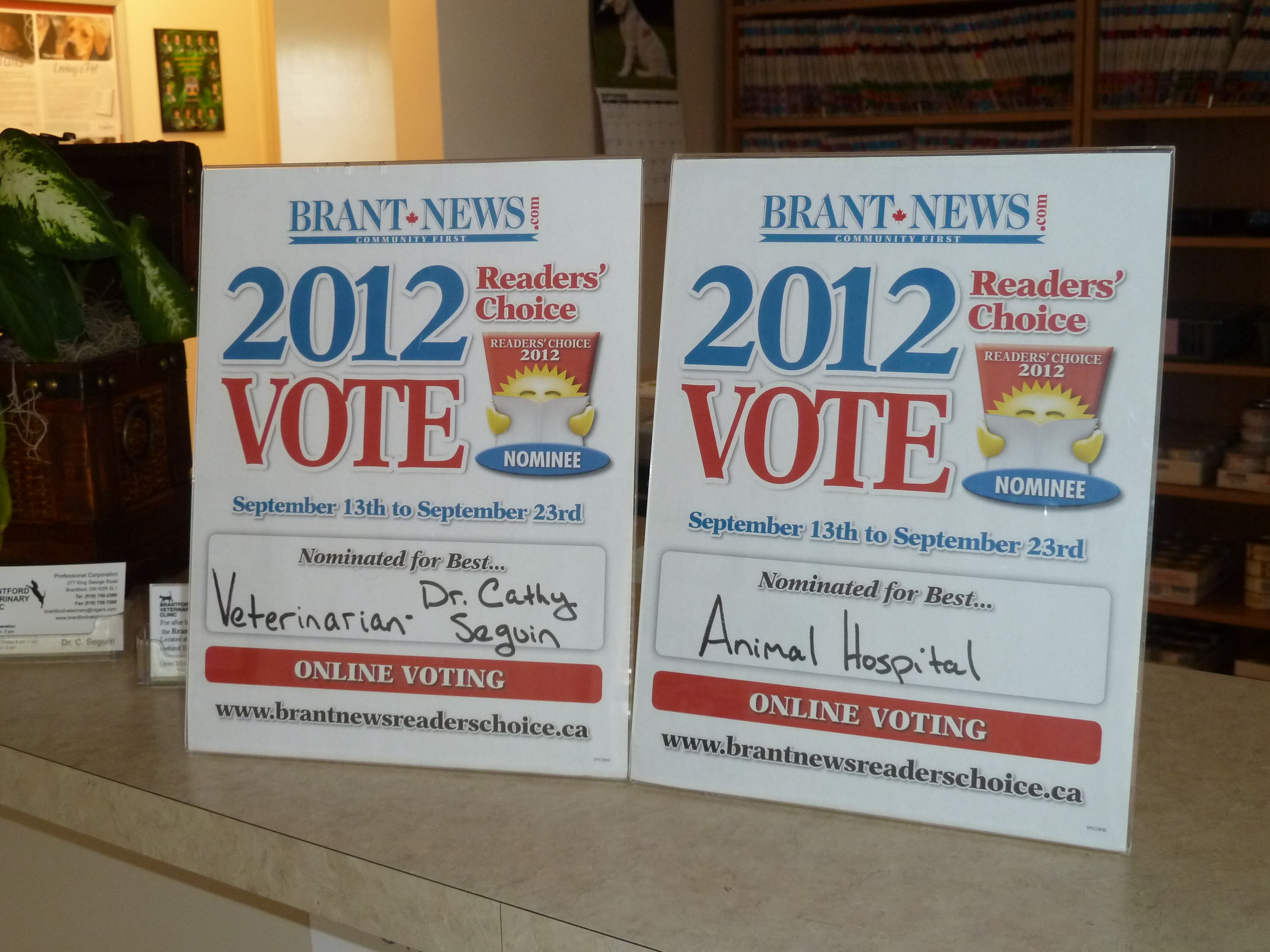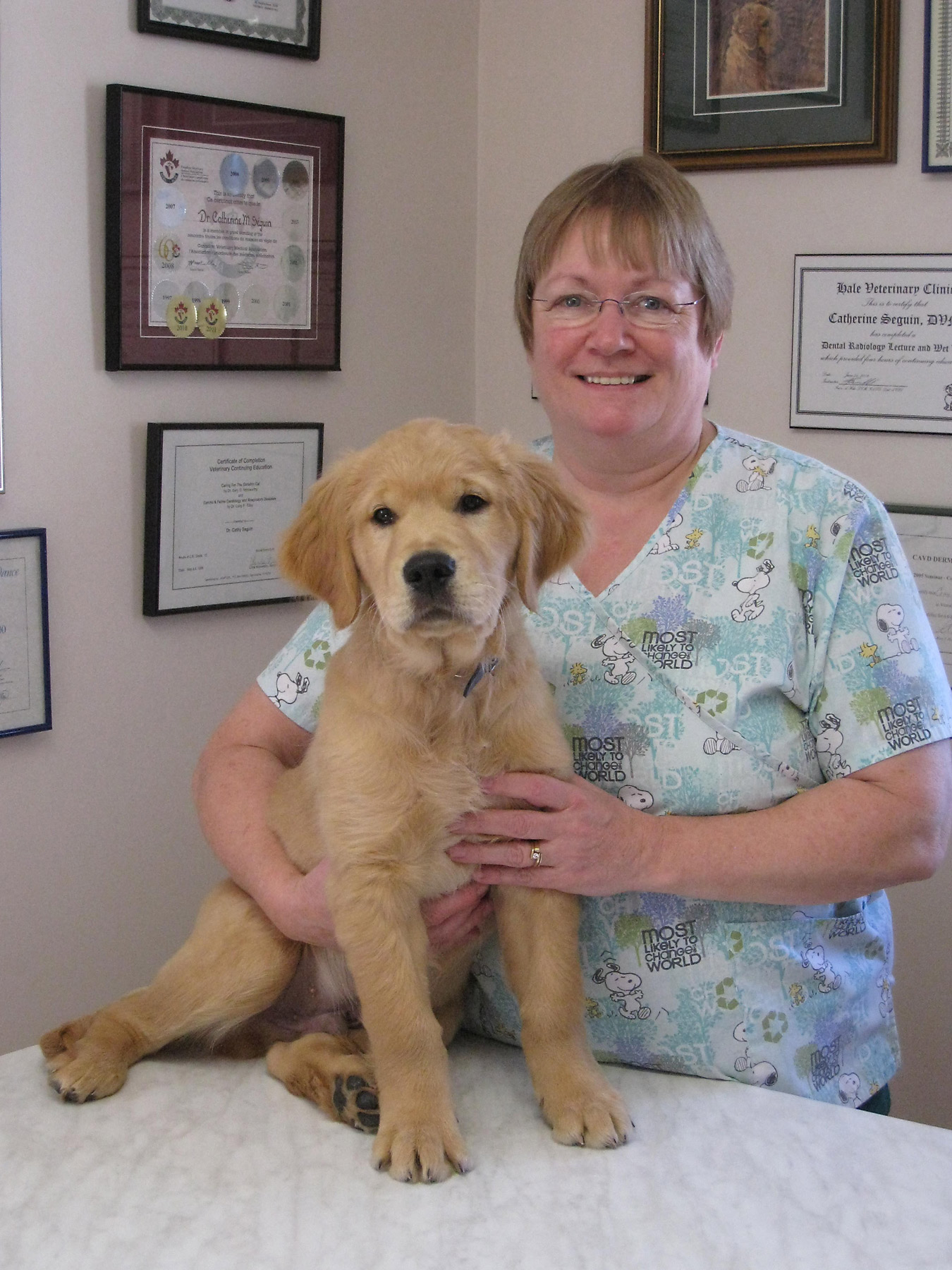by Dr. Cathy Seguin
Spring is here. Finally!! We were beginning to wonder if it ever would. But now we know that even if there is more snow, it is not here to stay. Unfortunately, spring means April showers. Having a large dog, I really don’t appreciate muddy season – not on the walks, or in the house.
There is another thing to consider when the weather gets damp. I spent an evening in London recently getting the update on Leptospirosis. What’s that you ask? It’s a bacterial infection that is spread in the urine of wildlife. We think we are seeing more of it in the suburbs with the increase of raccoons and skunks in suburban areas. It requires a moist area to reproduce, which is why it becomes more of an issue in the spring and the fall. When we think of a moist area, we think of anywhere that stays squishy after a rain, or where puddles accumulate.
If your dog were to become infected, the most commonly targeted organs are kidneys and liver. It is a bacterial infection, which means that it can be treated with antibiotics. However, it can hit hard and fast, and getting an early diagnosis can be critical. Treatment requires hospitalization with intravenous fluids, antibiotics and other supportive medications.
There is a vaccine available to protect our dogs. We used to screen dogs that needed vaccination by their outdoor activities – going on the rail trail, down by the river, dog parks, etc., but there is a newer trend presenting itself. We are seeing an increase in little, urban dogs. You know the ones – their feet rarely touch the ground, and they certainly never get wet. They never leave their own back yards. We’re still not sure how these little ones are getting infected, but it is a concern. Do we simply vaccinate everyone? This vaccine tends to be more reactive than some of the others, though some dispute this. Well worth it, in my opinion, if your dog is at risk.
I think education is paramount. Being aware of a risk, knowing what to look for, and early intervention will make the ultimate difference. If people know that the disease exists, what the risks and symptoms are, then they can make an educated decision for their own pet. I don’t believe every dog needs to be vaccinated – yet. But I do believe that every owner needs to know of the risks.
If you have any questions or would like further information, please feel free to contact us.


